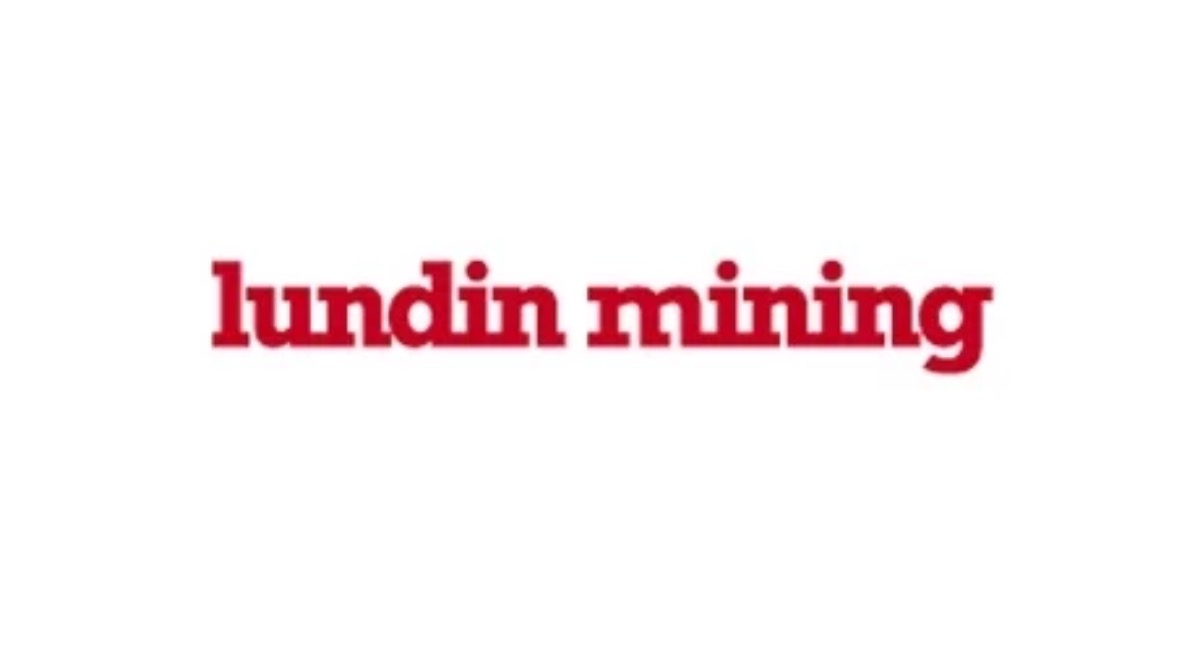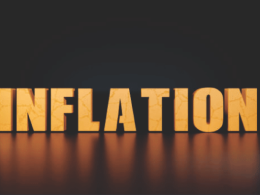by SIACharts.com
Markets have seen a strong run in recent months. Over the past three months, the Nasdaq Composite has gained over 25%, the S&P 100 is up more than 20%, and even the more traditionally stable Dow Jones Industrial Average has moved higher by nearly 14%. Year-to-date performance across U.S. benchmarks has also remained positive, with the S&P 500 and NYSE Composite reflecting solid momentum.
International markets have also participated in this strength. Poland (EPOL) is up over 63%, Spain (EWP) nearly 48%, and South Korea (FLKR) more than 44%. Italy (EWI), Africa (AFK), Germany (FLGR), and South Africa (EZA) have each shown returns above 35%. Other areas including Peru (EPU), Mexico (FLMX), Sweden (EWD), and Mainland China (FLCH) have posted double-digit gains. These moves may suggest a broader appetite for equity exposure across both developed and emerging markets.
As we move into the later stages of summer, a time of year that has sometimes coincided with slower trading activity and increased uncertainty, the path forward may become less predictable. With strong gains already in place and a number of macroeconomic and geopolitical variables still unfolding, this could be a useful moment to reassess the current landscape.
The sections that follow explore how tools like the VIX and Point and Figure charting might offer perspective on shifts in market sentiment. These approaches do not offer forecasts, but they can help identify patterns or behaviors that have historically coincided with turning points or regime changes. By looking at both volatility expectations and investor positioning, we aim to better understand how risk may be evolving as the market enters a potentially more uncertain stretch.
Understanding Market Risk Through SIA Point and Figure Charts of the VIX
When markets become uncertain, it’s not always easy to know what to do next. That’s why we use tools like Point and Figure charts — a specialized way of looking at the market that helps us cut through the day-to-day noise. These charts don’t follow the clock like regular charts. Instead, they focus only on meaningful price movements. This allows us to clearly see when important changes may be happening — like when investors might be starting to get nervous, or when confidence could be returning.
One of the main ways we use this tool is by analyzing the VIX, also known as the "fear index." The VIX measures how much volatility (or instability) investors expect in the stock market. It often spikes when there is uncertainty and drops when things feel calmer. The challenge is that the VIX can be very jumpy, reacting to short-term news that does not always lead to long-term impact. With Point and Figure charts, we may be able to spot more meaningful changes in market behavior, not just temporary noise. This might help us decide when to take a more cautious approach with your investments, or when it could be a good time to get more aggressive.
One strategy involves shifting between defense and offense. If the VIX shows signs of breaking out to the upside, what is sometimes called a “double top,” it may indicate rising market fear. This could be a cue to get more defensive by reducing stock exposure, adding protective measures, or moving toward safer sectors. If the VIX breaks down, known as a “double bottom,” it might suggest that fear is fading — potentially a good time to lean back into the market and take on more opportunity.
Another approach focuses on spotting reversals early. Since the VIX tends to revert to its average over time, a sudden spike or drop could be a sign that a reversal is coming. If the chart shows fear levels getting extreme, it might be wise to prepare for a market bounce. Conversely, if things look too calm, staying alert for a potential shock could be prudent.
We also pay attention to how the VIX moves ahead of big events such as Fed meetings or earnings season. Sometimes, shifts in the VIX before these events have suggested that large investors are bracing for turbulence. This information can be used to add protection to your portfolio or delay making big moves until after the event.
Finally, we look at the bigger picture by comparing VIX signals with trends in the S&P 500 to see if both may be telling the same story. When both point toward rising risk, it could strengthen the case for caution. If they disagree, it might prompt us to dig deeper before making changes.
Taking It One Step Further: Point & Figure Comparisons for Added Confirmation
To build on the VIX-based strategy, a valuable next step may be to compare low volatility ETFs to high volatility ETFs as a way to observe real-time investor behavior. While the VIX shows what the market expects in terms of future volatility, the movement between these ETFs can provide clues about how investors are actually positioning their capital. For example, comparing the iShares MSCI USA Momentum Factor ETF (MTUM, often reflecting higher volatility exposure) with the Invesco S&P 500 Low Volatility ETF (SPLV) has historically helped identify shifts in investor sentiment. Watching how these two ETFs perform relative to each other could help confirm whether a VIX signal is being supported by broader market action.
When high volatility ETFs like MTUM have outperformed low volatility options like SPLV, it has often coincided with what’s considered a “risk-on” environment — a time when investors appeared more confident and focused on growth. This kind of behavior has historically aligned with a VIX double bottom breakdown, where expectations of volatility may be declining. Conversely, if low-volatility ETFs begin to outperform, especially during or after a VIX double top breakout, it could suggest investors are becoming more cautious, seeking safety over risk. This kind of confirmation might help reduce false signals that can occur when the VIX moves sharply due to one-off headlines or temporary events.
In that sense, this ETF comparison may act as a useful bridge between investor sentiment and actual market behavior. It provides a practical check on whether fear or confidence seen in volatility expectations is showing up in how investors allocate capital. For example, if the VIX shows signs of rising risk and, at the same time, the high-vol/low-vol ratio starts to decline, it could be a sign to consider a more defensive stance. If instead the VIX drops and high-vol ETFs begin to lead, it may indicate that investors are becoming more optimistic and markets are potentially entering a more opportunistic phase. This type of dual-signal approach has, in past environments, added context to volatility readings and could improve how risk and timing decisions are evaluated.
Rather than relying on any single indicator, this method combines forward-looking volatility signals with observed investor behavior. Although no strategy can predict the future with certainty, this framework has in the past provided additional perspective for understanding potential market shifts and supporting more informed decision-making.
*****
Disclaimer: SIACharts Inc. specifically represents that it does not give investment advice or advocate the purchase or sale of any security or investment whatsoever. This information has been prepared without regard to any particular investors investment objectives, financial situation, and needs. None of the information contained in this document constitutes an offer to sell or the solicitation of an offer to buy any security or other investment or an offer to provide investment services of any kind. As such, advisors and their clients should not act on any recommendation (express or implied) or information in this report without obtaining specific advice in relation to their accounts and should not rely on information herein as the primary basis for their investment decisions. Information contained herein is based on data obtained from recognized statistical services, issuer reports or communications, or other sources, believed to be reliable. SIACharts Inc. nor its third party content providers make any representations or warranties or take any responsibility as to the accuracy or completeness of any recommendation or information contained herein and shall not be liable for any errors, inaccuracies or delays in content, or for any actions taken in reliance thereon. Any statements nonfactual in nature constitute only current opinions, which are subject to change without notice.















